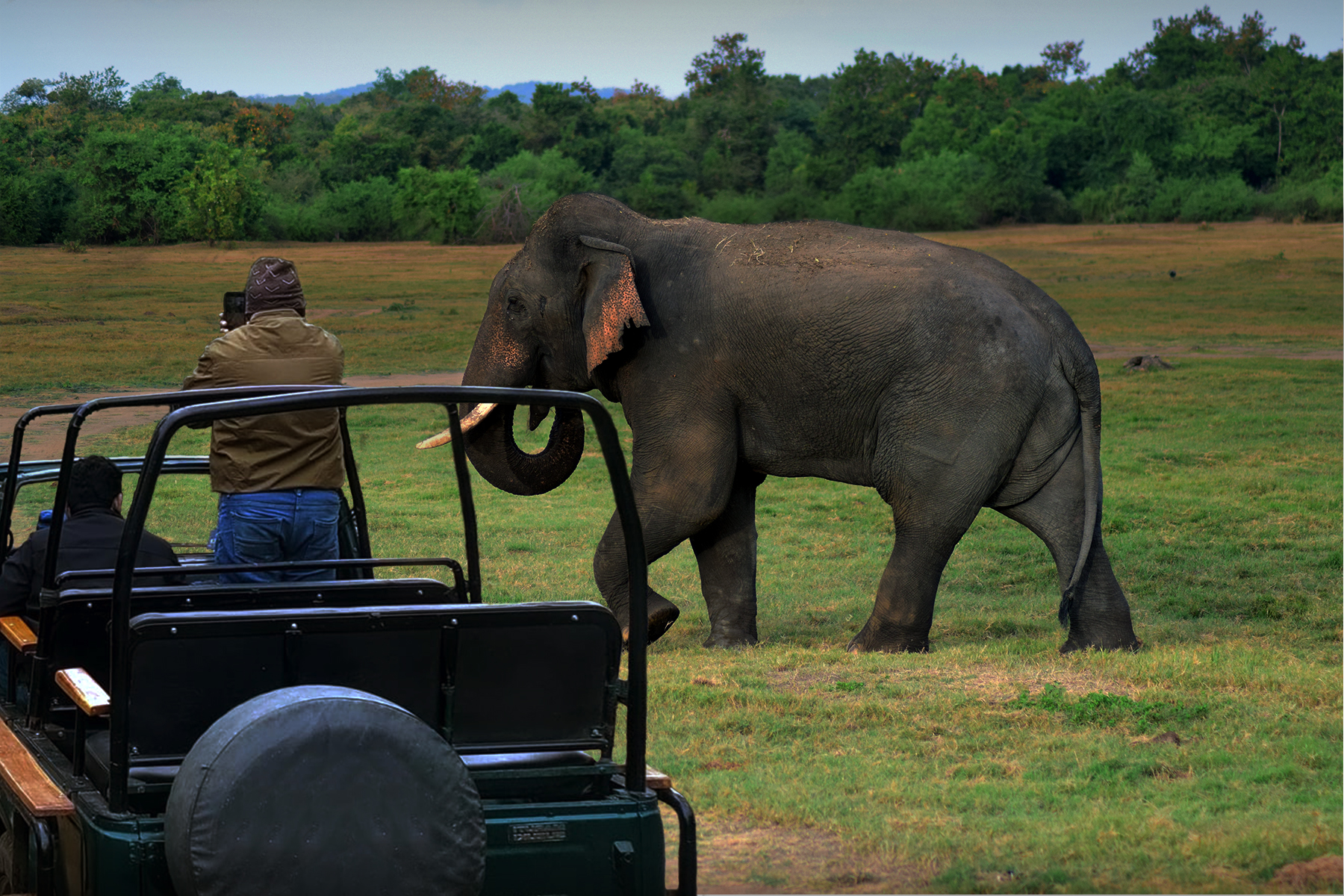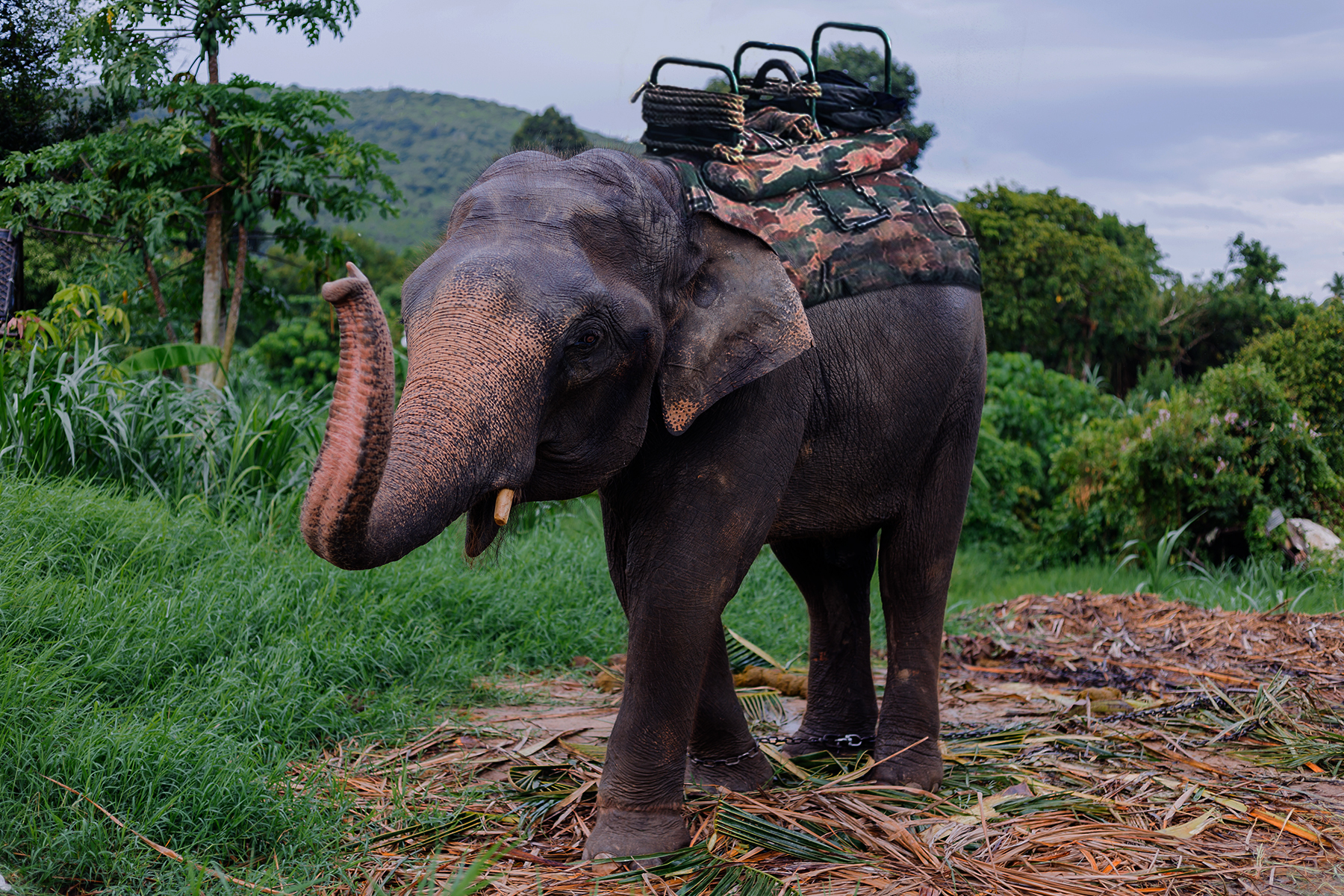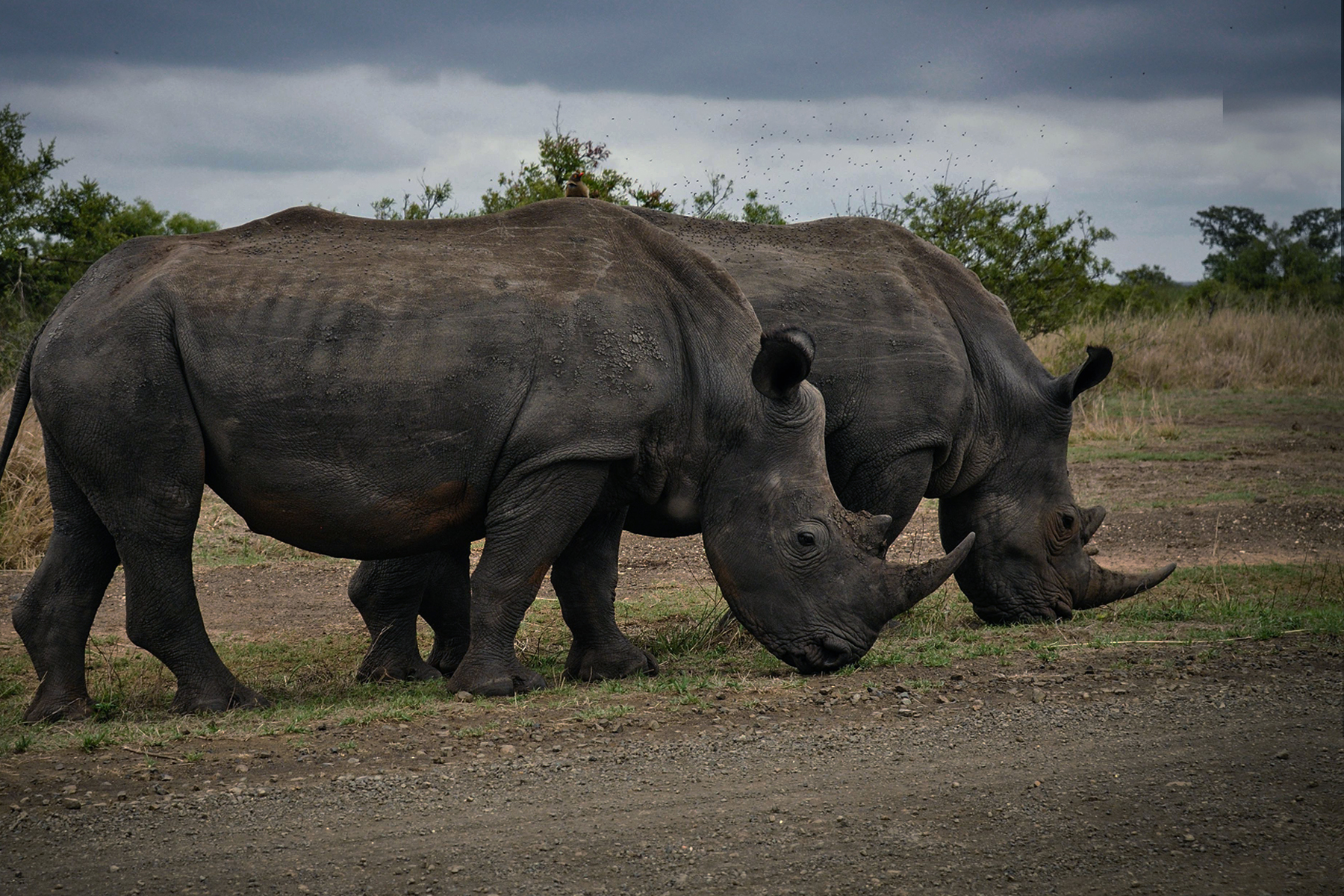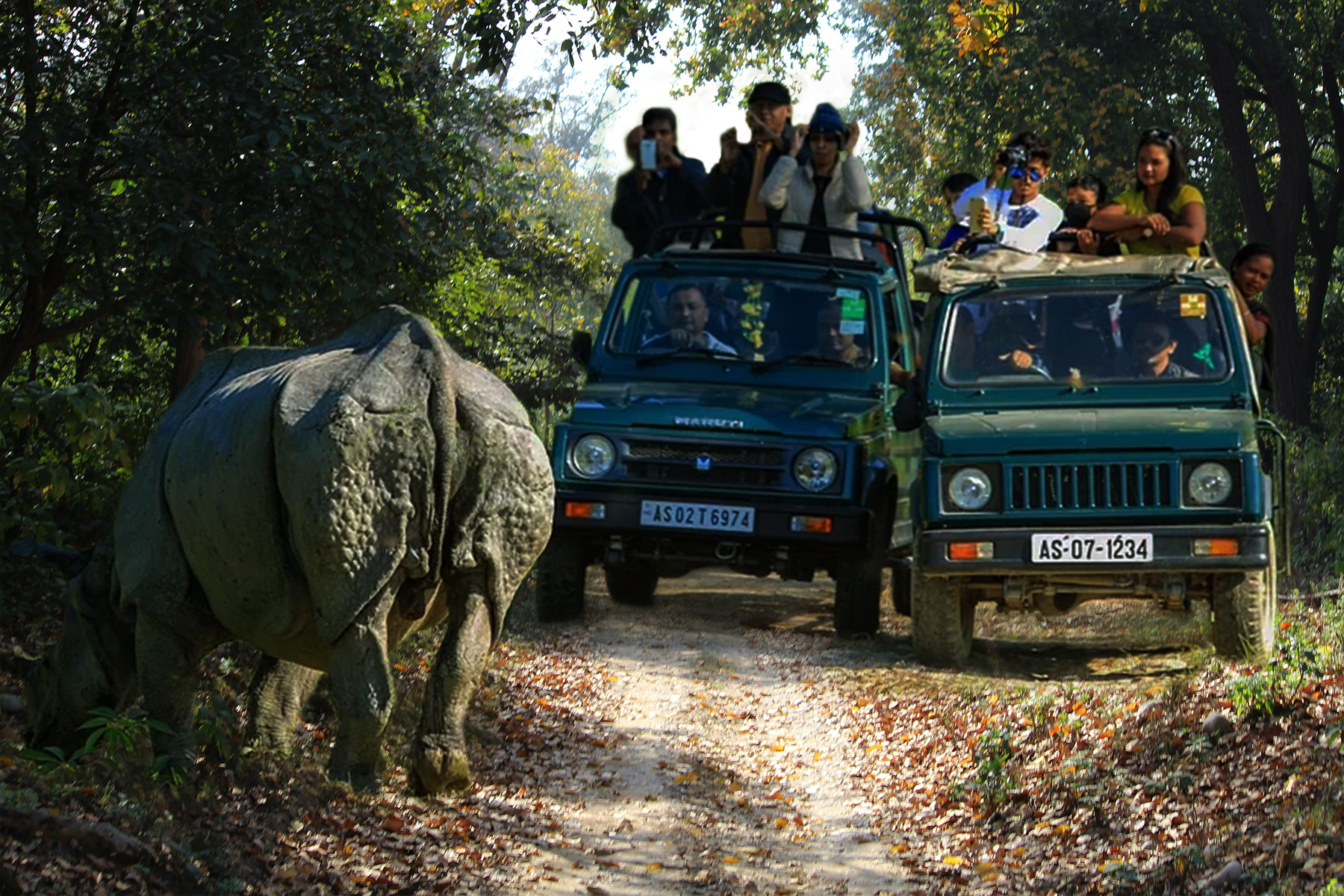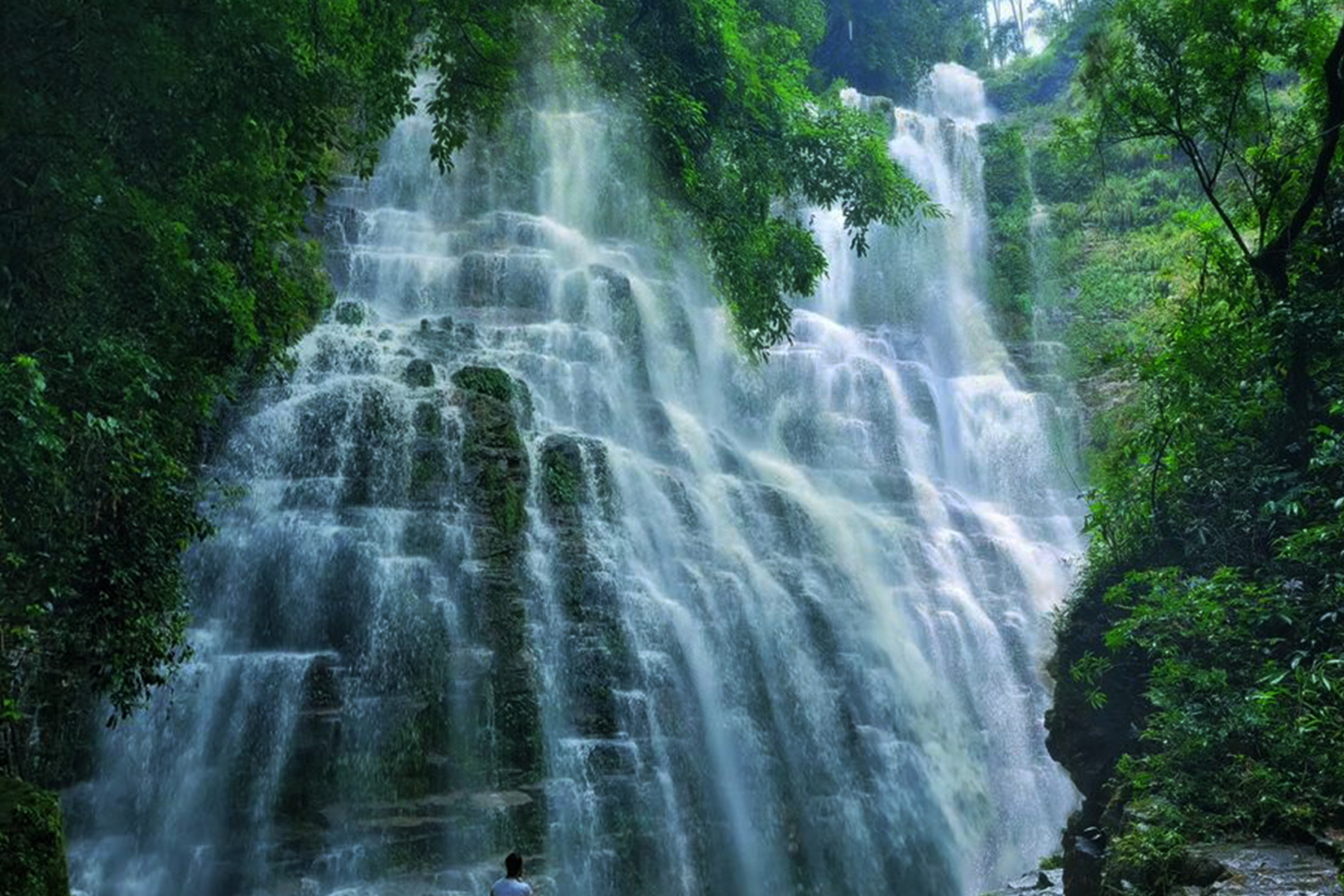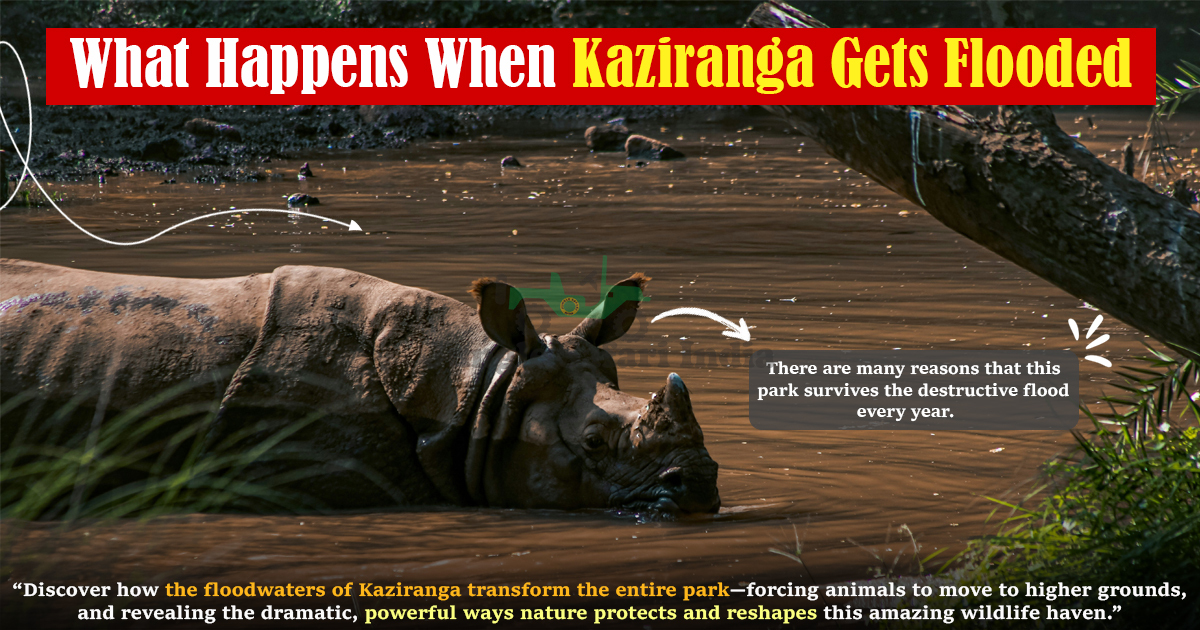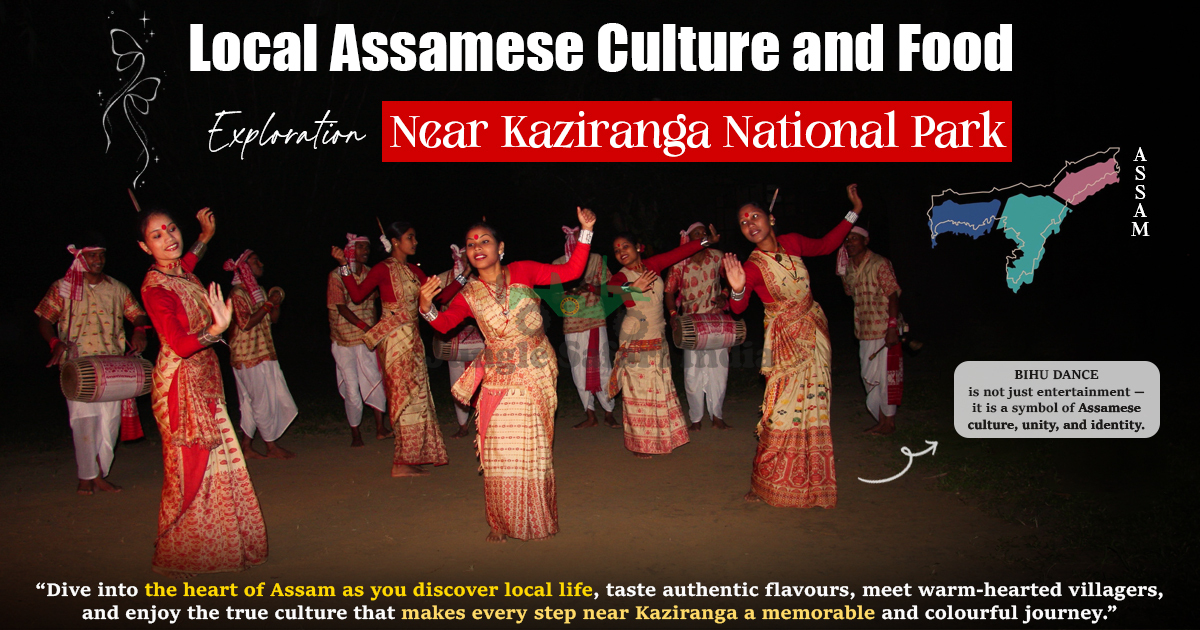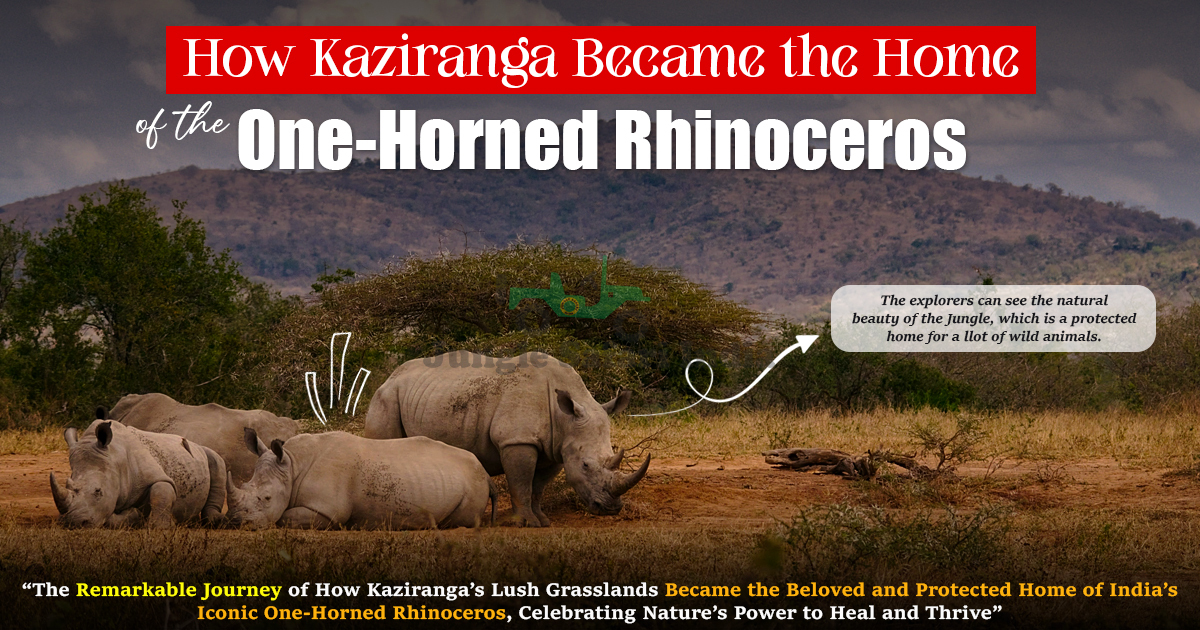Why to visit Kaziranga
Rich Biodiversity
This park is home to more than 2200 Indian one-horned rhinoceros, tigers, elephants, wild water buffalo, swamp deer with many more. A wide variety of bird species can also be found here.
Scenic Landscapes
Kaziranga National Park’s 430 square kilometer area has a beautiful scenic landscape area with elephant-grass meadows, swampy lagoons, dense forests, and the Brahmaputra River.
Conservation Success
With more than 2200 rhinoceros, this park has a huge tiger population and the area was declared a Tiger Reserve in 2006. It’s also declared an Important Bird Area by BirdLife International.
Kaziranga National Park
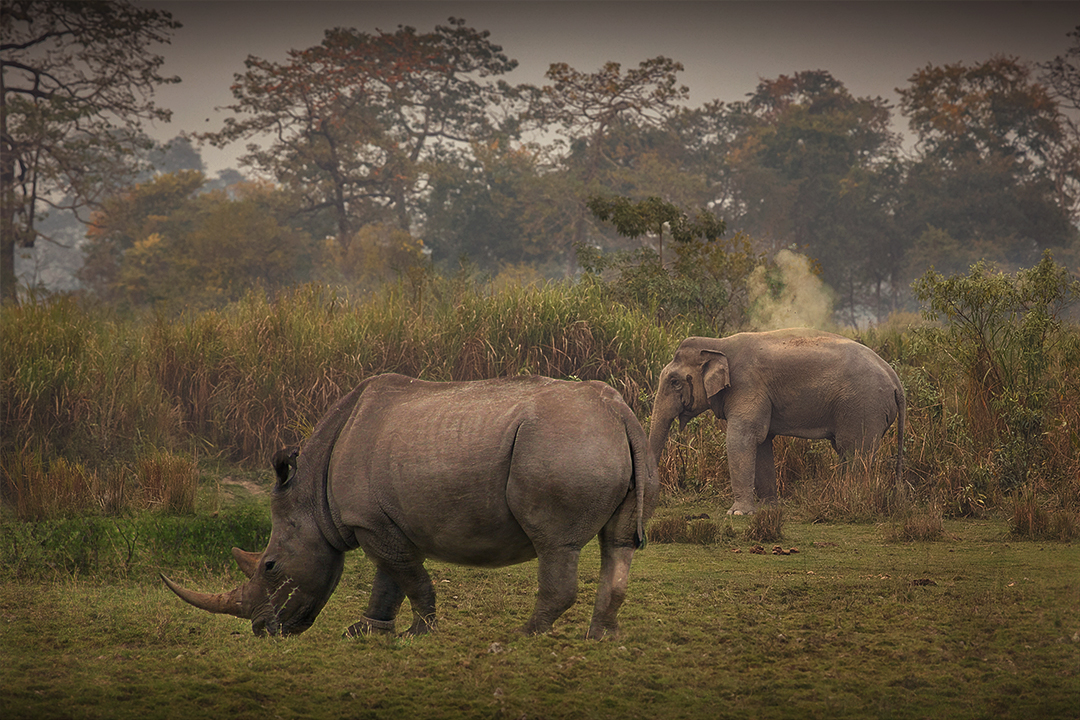
Kaziranga National Park is a wild sanctuary that is located in Golaghat and Nagaon District of Assam. It's the oldest park in Assam and covers a large area of 430 square kilometers. This wild place has been named as a national park in 1947. This park is famous for the Great Indian one-horned rhinoceros. This park is also among the UNESCO World Heritage Sites. The landscape of this park includes forests, tall elephant grass, rugged reeds, marshes, and shallow pools.
Kaziranga is the last area in eastern India where there's little human activity. This park is home to the world's largest population of one-horned rhinoceroses, tigers, elephants, panthers, bears, and thousands of birds.
Kaziranga National Park Assam is open to visitors from October to April. You can explore the park by riding on elephants or by taking gypsy safaris. You can also enjoy a boat cruise on the Brahmaputra River along the park. To experience these different safaris you can make Kaziranga National Park Booking.
Safari Gates and Zones
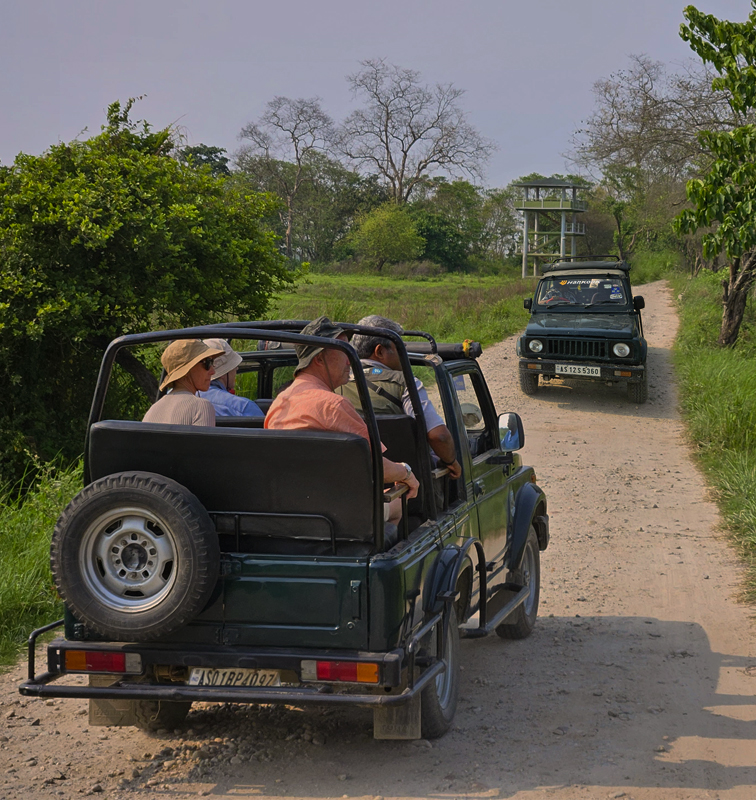
Kohora
Also known as Mihimukh and is located in the Central Range of the park. Animals like tigers, one-horned rhinos, wild buffalo, and swamp deer can be sighted here. You can enjoy a Kaziranga gypsy safari as well as an elephant safari in this zone.
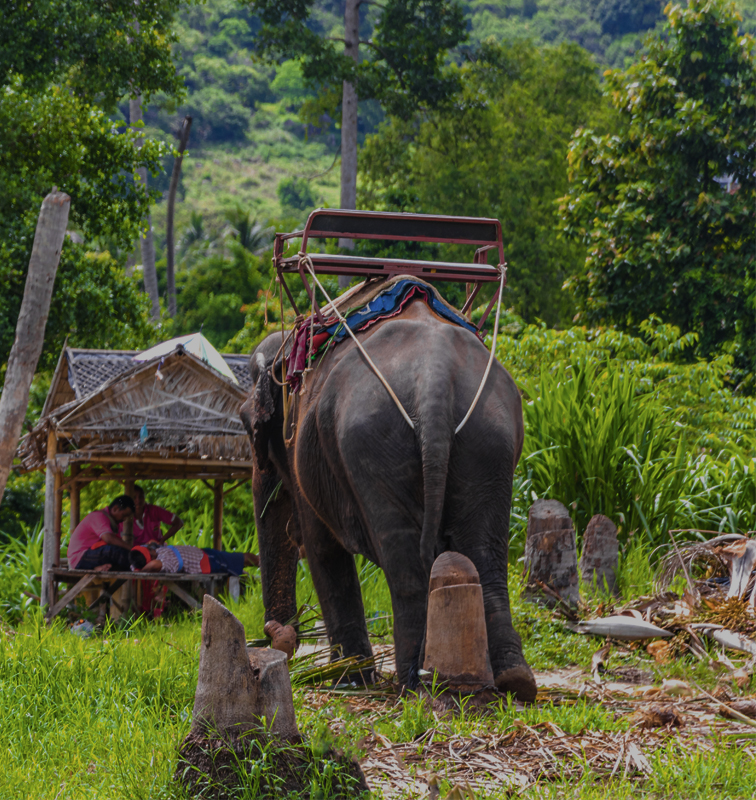
Bagori
Located in the Western Range of Kaziranga National Park, this Kaziranga safari zone has a scenic landscape area with elephant grass. Animals like rhinos, tigers, leopards, and deer can be found here. You can enjoy an elephant safari as well as a gypsy safari in this zone.
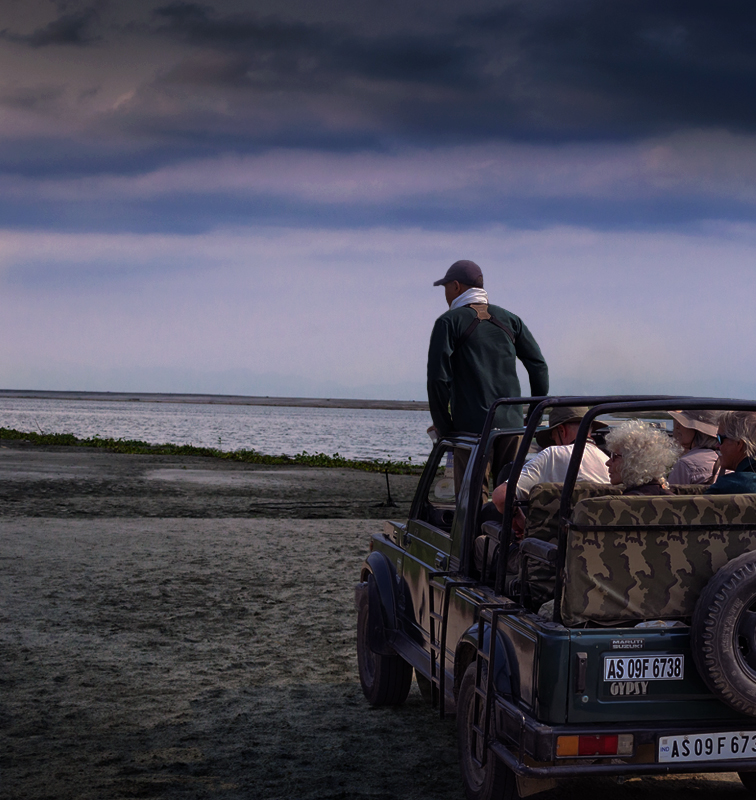
Agaratoli
Located in the Eastern Range of Kaziranga National Park, this area is famous among photographers and bird watchers. You can click good pictures of animals near the Brahmaputra River. You can enjoy gypsy safari and boating in this zone.
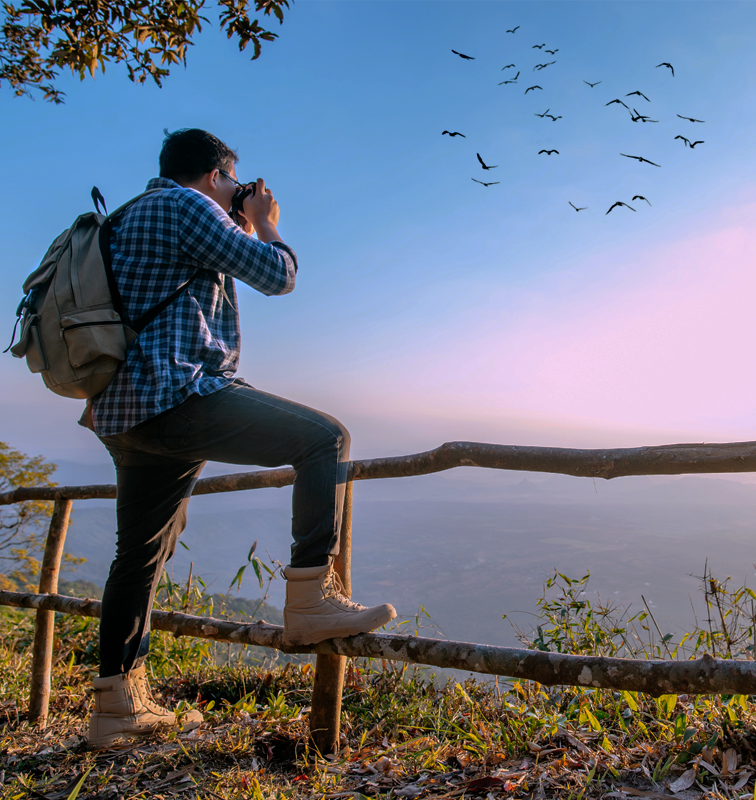
Ghorakhati
Located in the Burapahar Range of the forest, this zone has a hilly terrain with beautiful scenic views. You can enjoy trekking here and see beautiful birds during your nature trail. Only Kaziranga gypsy safaris can be experienced in this zone.
Wildlife Tour Packages
Information About Project Rhino
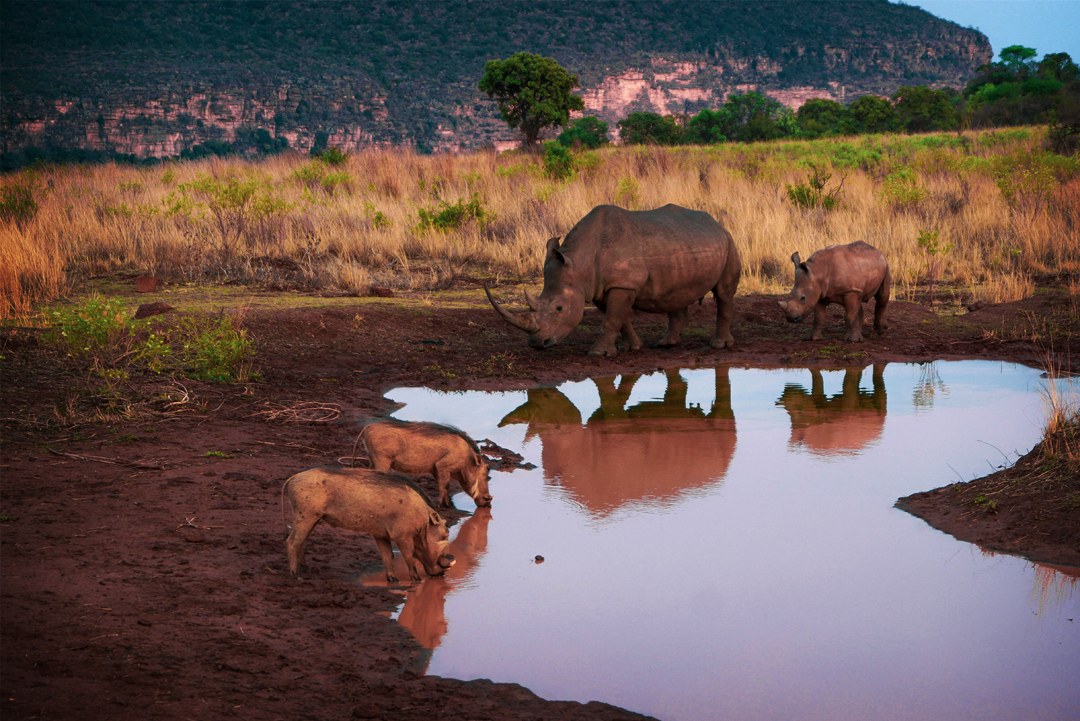
Project Rhino is an important initiative that has been started to protect and conserve the Rhinos, especially the Indian Rhinos. The Indian Rhinos are also called one-horned Rhinos. The project has made various efforts to stop poaching, enhance habitat, and ensure the survival of these big animals. Various anti-poaching activities such as implementing strategies to prevent the illegal hunting of rhinos have been taken. Habitat protection, awareness & education about conserving the Rhinos, and community involvement have been some goals of this project.
Kaziranga National Park is located in Assam, India and it’s the main habitat for Rhinos. Over two-thirds of the World’s Indian Rhinos are found here and this park is proof of Rhino conservation. This is a UNESCO World Heritage Site and is home to the largest population of Indian Rhinos in the World. Project Rhino supports the anti-poaching units in Kaziranga which are important for reducing the poaching incidents in the park.
Kaziranga National Park Assam is important for the Rhino Project because it has the largest population of Rhinos and it provides the best habitat for their conservation. Furthermore, the growing tourism in Kaziranga is supporting the funding of conservation and awareness programs. Project Rhino and Kaziranga National Park are closely linked in their mission to protect the Indian rhinoceros.
Why You Should Visit Kaziranga National Park
Everyone should definitely visit the world-famous Kaziranga National Park Assam. This park is famous because of its Rhinos but other than them, many flora and fauna can be spotted here. They can be spotted by going on safaris that can be booked from Kaziranga National Park Bookings. Nature lovers and wildlife enthusiasts should come to this park to enjoy a safari ride. This famous park is a UNESCO World Heritage Site because it is home to the largest population of one-horned Rhinos. A diverse range of species including the Bengal tiger, elephant, water buffalo, and various species of birds can be found here.
This park offers a scenic landscape beauty with grasslands, wetlands, dense forests, and the mighty Brahmaputra River. With such beauty, it can be the best place for nature walks and photography. People should definitely visit Kaziranga National Park Assam to enjoy a gypsy and elephant safari ride inside its area. From these safaris, you can spot the wildlife of Kaziranga very easily. Gypsy and elephant safaris are thrilling rides that will take you inside the park to spot a wide variety of flora and fauna species.
With more than 450 species of birds, the famous Kaziranga National Park is a heaven for birdwatchers. To see some beautiful migratory birds it is advised to visit the park during winters. From the great Indian hornbill to the endangered Bengal florican, the avian diversity here is astounding.
Conservation Management
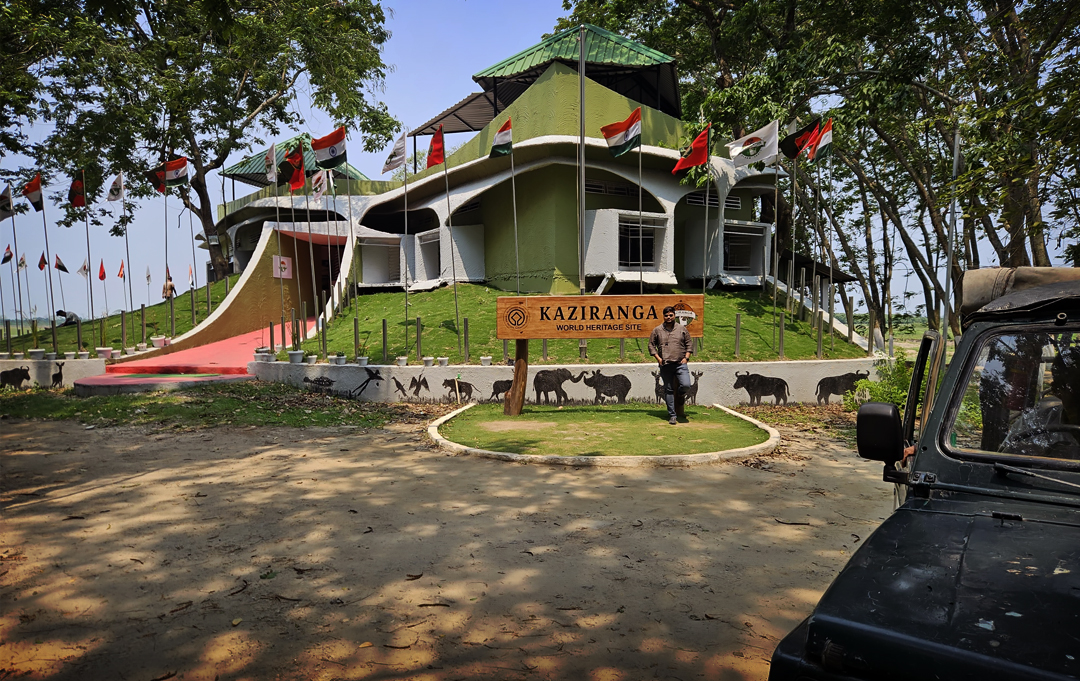
This famous Kaziranga National Park Assam has been granted maximum protection under Indian law for wildlife conservation and it has a good conservation history because of effective management policies. Various laws have been enacted for the protection of wildlife in the park including the Assam Forest Regulation of 1891 and the Biodiversity Conservation Act of 2002.
Poaching activities, especially poaching Rhinoceros for their horn has been a major concern for the forest authorities. The poachers between 1980 and 2005 hunted 567 rhinos. Then because of conservation, there was a decline and 18 Indian rhinoceroses were killed by poachers in 2007. After that, preventive measures such as the construction of anti-poaching camps and maintenance of existing ones, patrolling, intelligence gathering, and control over the use of firearms around the park have reduced the number of Rhino poaching. Cameras and drones have also been used by Kaziranga National Park Assam since 2013 to protect the rhino from armed poachers. The camera and drones are being monitored by security guards 24 x 7.
Perennial flooding and heavy rains have also been a concern to the authorities of Kaziranga National Park. Because of these a number of wild animals died and it also damaged the the conservation infrastructures. Because of water-logged areas, many animals go towards the elevated regions outside the park boundaries where they are susceptible to hunting, hit by speeding vehicles, or subject to reprisals by villagers for damaging their crops. To reduce the losses, the authorities have increased patrols, purchased additional speedboats for patrol, and created artificial highlands for the shelter of animals. They have also made some corridors for the safe passage of animals across National Highway–37 which skirts around the southern boundary of the park.
Water pollution was also one of the major concerns of Kaziranga National Park due to run-off from pesticides from tea gardens, and run-off from a petroleum refinery at Numaligarh. The park authorities have carried out research on siltation and then took part in de-siltation activities inside the park. To control the growth and irradiation of invasive species like Mimosa research on biological methods of controlling the weeds, manual uprooting, and weeding before seed settling are done often in this park.
Our Blogs
What Happens When Kaziranga Gets Flooded
Kaziranga National Park in Assam is famous all over the world for its one-horned rhinos and the tall...
Read MoreLocal Assamese Culture and Food Exploration Near Kaziranga
Kaziranga National Park is a famous spot that is known for the great one-horned...
Read MoreHow Kaziranga Became the Home of the One-Horned Rhinoceros
Kaziranga is an amazing spot in Assam that attracts a lot of wildlife enthusiasts from different areas of...
Read More
